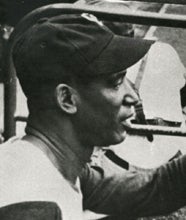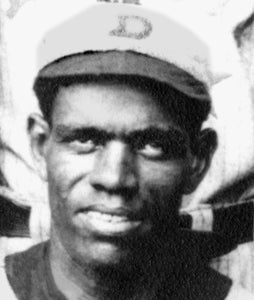- Home
- Our Stories
- Bats from Black baseball stars tell incredible stories in Cooperstown
Bats from Black baseball stars tell incredible stories in Cooperstown
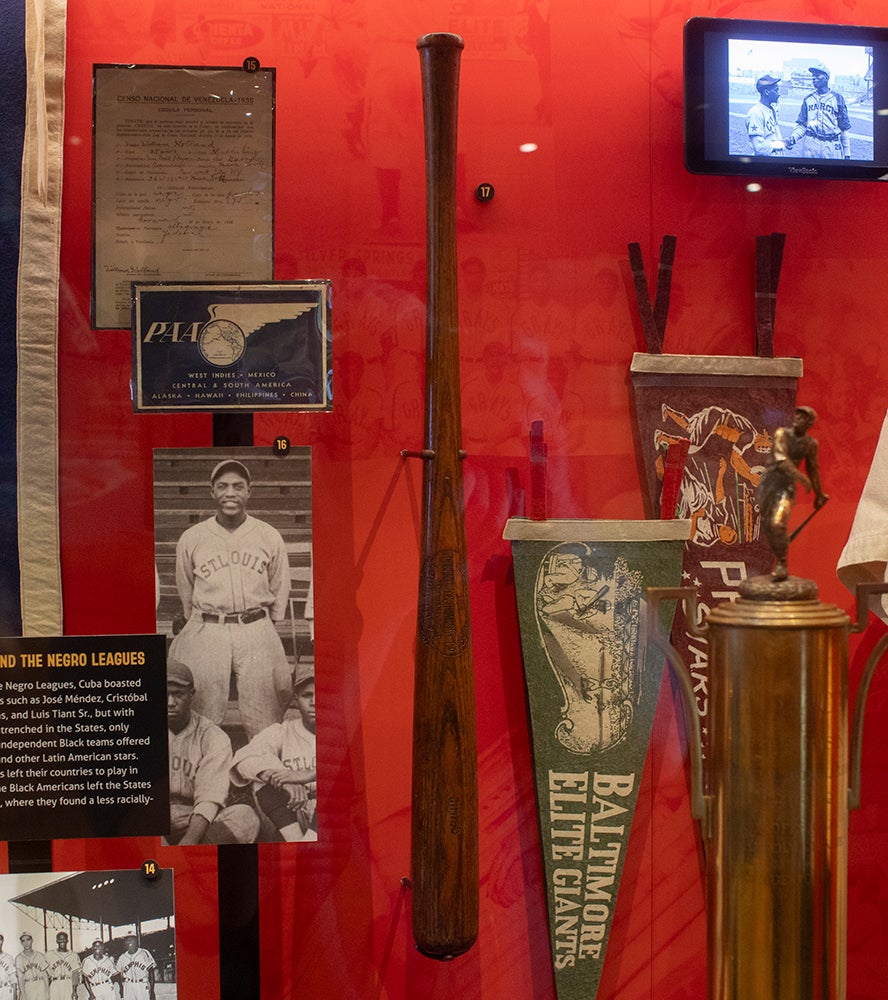
Bats once used by a trio of acclaimed Negro Leagues stars, recently loaned to the National Baseball Hall of Fame and Museum, will help the Cooperstown institution continue to recognize and celebrate the Black experience within the National Pastime.
“We are so fortunate and grateful that Al Jurgela has loaned us game-used bats from a trio of legendary Black ballplayers,” said Tom Shieber, the Hall of Fame’s senior curator. “These amazing artifacts used by Pete Hill, Martín Dihigo and Josh Gibson allow us to share their stories from the early days of the Negro Leagues – stories of challenges, perseverance and excellence that are all part of the Black baseball experience.”
The lumber swung by Hill and Dihigo can currently be found in The Souls of the Game: Voices of Black Baseball, a groundbreaking exhibit that opened Memorial Day Weekend. It shares the decades-long history of Black baseball prior to the formation of the Negro Leagues, through the complexities of baseball’s re-integration, to the challenges that remain today.
“There’s no better place to teach people about baseball than the Hall of Fame. So, the loans were pretty much a no-brainer for me,” said Jurgela in a recent phone call from his home in South Carolina. “The reason why the Negro Leagues existed is terrible, but they played a high level of ball. And they enjoyed themselves.
“There was beauty around the Negro Leagues in many ways that a lot of us connect to baseball. Certainly, I did as a child, like going out to the ballpark and watching Rod Carew or Fred Lynn. It was the same in the Negro Leagues. They were part of communities.”
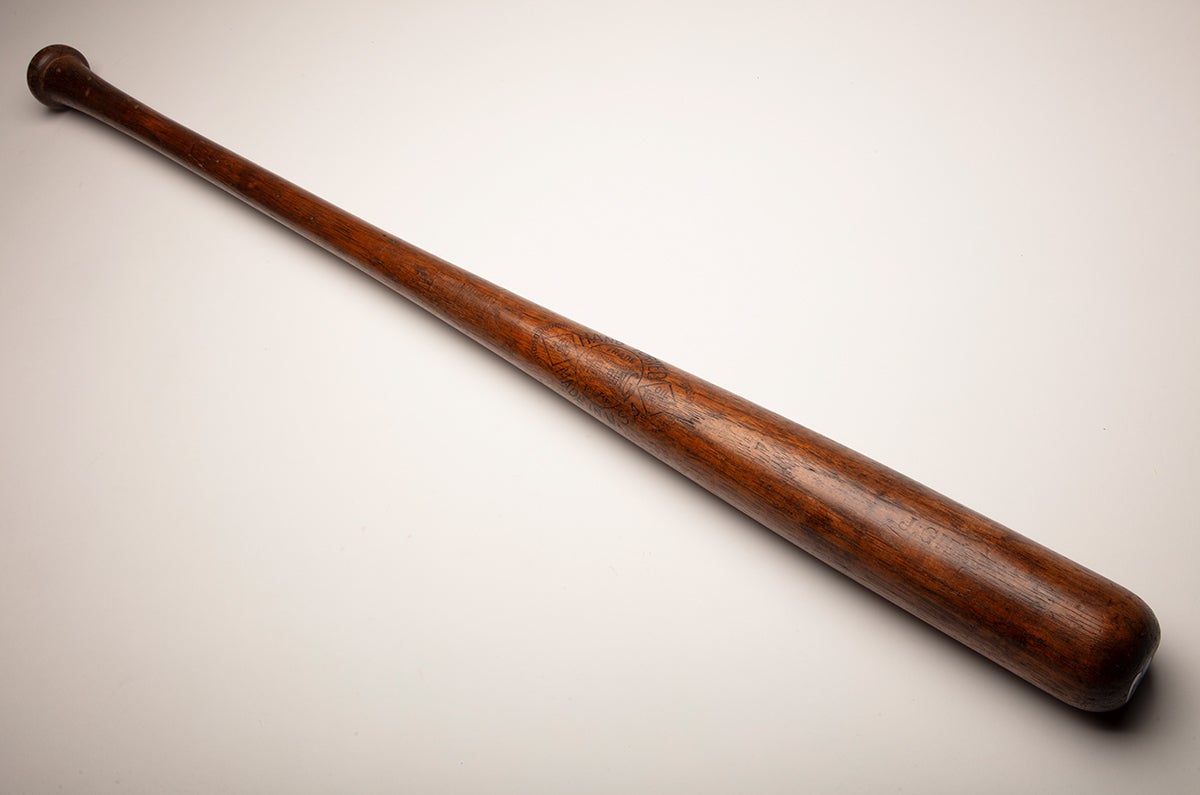
Gibson, Hall of Fame Class of 1972, was an imposing power hitter who dominated at bat and as a backstop. Earlier this year, he became Major League Baseball’s career leader with a .372 batting average when Negro Leagues records for more than 2,300 players were incorporated after a three-year research project. Also, Gibson’s .466 average for the 1943 Homestead Grays became the season standard, while he became the career leader in slugging percentage (.718) and OPS (1.177). His loaned Spalding bat, 36 inches long and weighing 37.6 ounces, dates from 1935 with the name J. GIBSON emblazoned upon the barrel.
Hill, elected to the Hall of Fame in 2006, was a five-tool player considered one of Black baseball’s great outfielders of pre-World War I America before the advent of the Negro National League in 1920. The loaned bat – 36 inches and 37.6 ounces – was used while playing with the Detroit Stars when he was in his late 30s but still batting well north of .300.
Dihigo, a Cuban legend, was a flame-thrower on the mound and an incomparable infielder/outfielder. Playing professionally from 1922 to 1950, he shined on Negro Leagues teams such as the Hilldales and the Cuban Stars. The Class of 1977 Hall of Famer’s loaned bat, circa 1929, with the name DIHIGO emblazoned upon the barrel, checked in at 34.5 inches and 39.3 ounces.
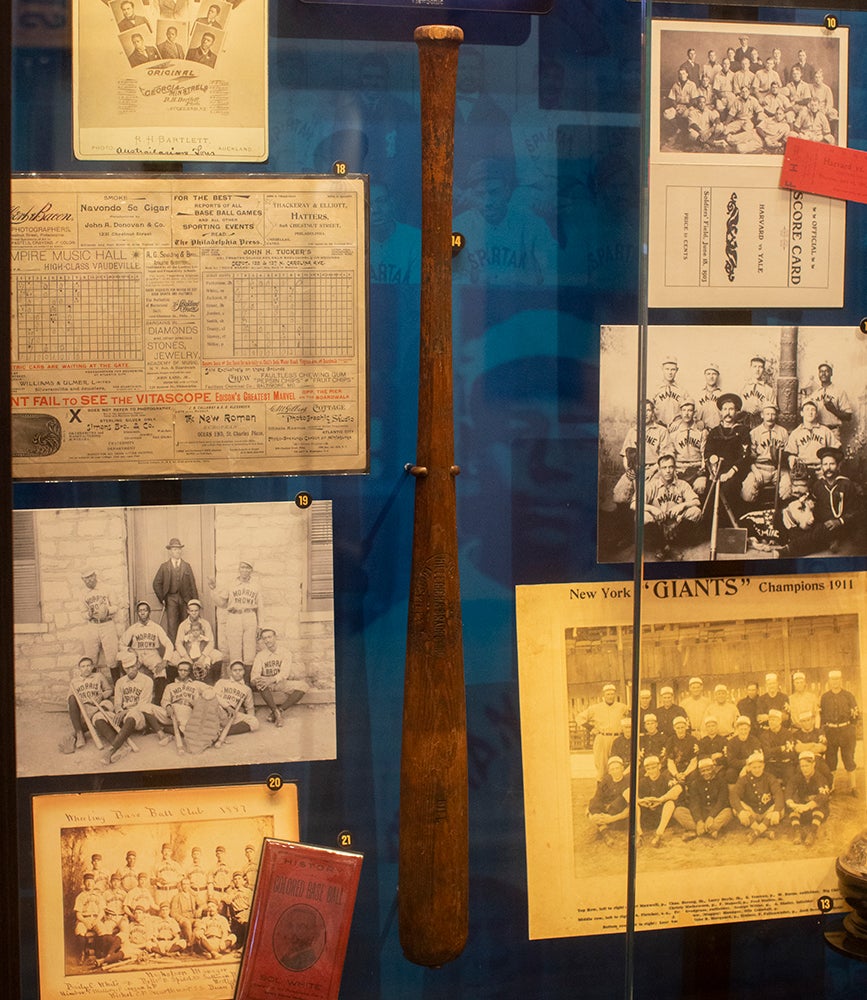
Jurgela, 53, first got interested in collecting Black baseball items, most famously baseball cards, after a conversation as a 10-year-old with former Negro Leagues outfielder Lou Dials at an autograph show in the 1980s.
“From a business perspective, I’ve been pretty successful,” said the private equity investor. “Some people with their disposable income want to have a fancy car, some people want to have a vacation house, but my wife was super supportive and let me invest significant amount of funds in collectibles that I had a passion for.
“With this type of stuff, since it’s so rare when things come up, you either get them or you will never get them or have to wait decades before you see things again.”Jurgela’s initial relationship with the Hall of Fame came with the baseball card exhibit Shoebox Treasures, which opened in 2019. Though that connection ultimately didn’t come to fruition, word about his Negro Leagues bats had the Hall of Fame circling back.
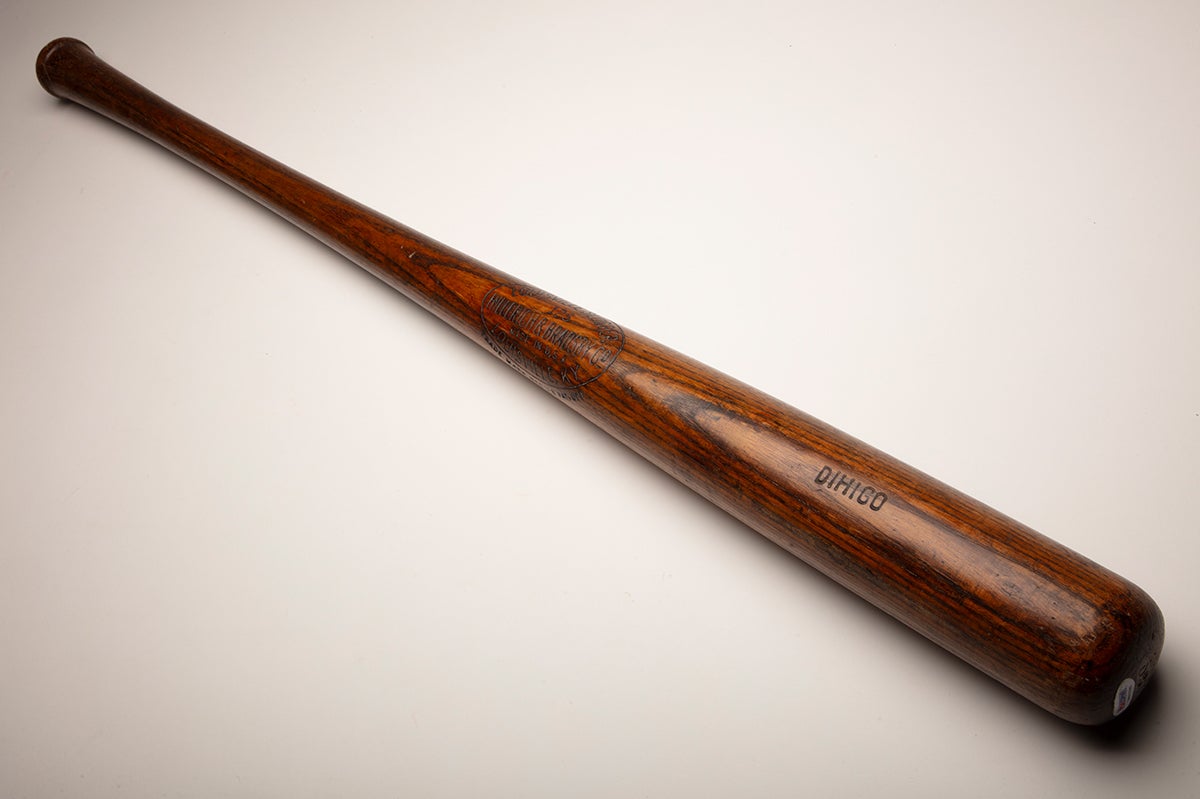
“It’s kind of a life’s work collecting and documenting Negro Leagues history, so being validated by the best institution at documenting the history of the American pastime is special,” Jurgela said. “I’m happy to participate and hope they continue to do things that shine a light on the great leagues that these were. They exist for a terrible reason, but there were amazing players. It’s exciting to have the Hall of Fame highlighting the importance of these players.
“I hope that people walk away wanting to learn more about those times. And specifically, those players. I hope that it inspires people to learn more about these players because they’re every bit as incredible as the Babe Ruths and Ty Cobbs.”
Bill Francis is the senior research and writing specialist at the National Baseball Hall of Fame and Museum
RELATED STORIES
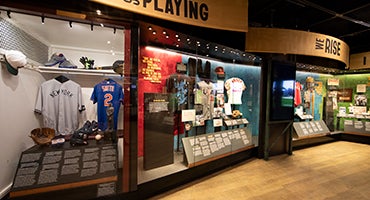
Mays’ Candlestick Park locker a priceless addition to Hall of Fame

Gibson's powerful swing through Puerto Rico showcased in The Souls of the Game
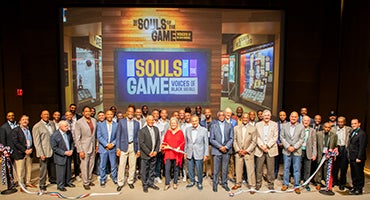
Museum’s new The Souls of the Game exhibit debuts to rave reviews
RELATED STORIES

Mays’ Candlestick Park locker a priceless addition to Hall of Fame

Gibson's powerful swing through Puerto Rico showcased in The Souls of the Game


